 Written by ContentPowered.com
Written by ContentPowered.comYouTube recently made a major change to their platform, in an attempt to make it a better site for advertisers. Unfortunately, their change also means that tens or hundreds of thousands of small creators, small businesses, and other newcomers to the platform have no ability to monetize their channels.
The change to monetization is an increase in the requirements to become a YouTube partner and gain access to Partner features, mostly monetization itself. The new requirements to monetize a channel are: a minimum of 1,000 subscribers and a minimum of 4,000 hours of video watch time in a rolling 12-month period.
We already covered half of the equation a few weeks ago; how to reach that all-important 1,000-subscriber milestone. Now let’s take a look at the other half; how to reach and maintain 4,000 hours of watch time on your videos.
First Some Math
First, let’s take a look at some math. 4,000 hours may seem like a lot of time, and it is, but for a site like YouTube, it actually isn’t. 4,000 hours of watch time is 240,000 minutes. Divided up by month, and that means you have to maintain 20,000 minutes of watch time per month on average. This can be done with one mediocre video that goes viral, or many less interesting videos that achieve a normal to moderate viewership.
20,000 minutes still seems like a lot, but if you post a two minute video, that’s 10,000 views on that video per month. For those of us with YouTube channels with videos averaging 100 views total, that’s a lot, but bear with me. Obviously, you don’t need to get all of that with one single video.
A five-minute video, watched all the way through by each viewer, would need 4,000 views. However, two five-minute videos would only need 2,000 views each. See where I’m going with this?
If your videos average 100 views each, but if each of those 100 views watches the full five-minute video, that’s 500 minutes per video. You need to post eight videos per month at that level – two per week – to reach your goals.
Of course there’s a lot more to it. A lot of people don’t watch videos all the way through. You might actually need 200 views per video to achieve the same sort of numbers, or more. But then, a few videos performing a bit above average can balance that out.
You also can consider the fact that older videos may still get views and watch time. Every video you post adds to your rolling total, and while older videos can drop off over time, they’re never entirely useless.
If the number crunching doesn’t make you feel any better, though, don’t fret; all you really need to do is implement a variety of techniques to increase watch time on individual videos and views on videos overall. It might take some time, but you can build up to that point in a way that has a hard time of decreasing below it again.
Get More Subscribers
I’m putting this one right up at the top for two reasons; it’s very important, and it’s not very important.
What do I mean by this? Well, your subscriber count is pretty darn important, particularly if you’re under the 1,000 subscriber mark. You want to reach that benchmark, so you want to get more subscribers.
On the other hand, when you’re using YouTube, how many of the videos you watch are from people you subscribe to? I know in my personal experience, I tend to watch a lot of content from someone before I decide they’re worth a sub. I’ll be more liberal with them moving forward, to help out smaller creators I like, but for the major ones with hundreds of thousands or millions of subscribers? It doesn’t help me much to sub to them. YouTube’s recommendation engine will show me their content regardless
Getting more subscribers should be a goal, but it’s not going to solve your problems all on its own. You need to put a lot of work into your videos themselves, which is what most of the rest of the tips are about.
Post More Videos
I covered this a lot in the math section up above, but it bears repeating: the more videos you post, the less views each one needs to reach your goal. If you had 240,000 videos on your channel, each one would only need one minute of view time per year to reach your goal. That’s an extreme example, but it’s technically true.
The most important part, actually, is consistency. In the same way that Google wants you to post at least once per week on your blog to keep it timely and fresh for organic search, YouTube wants you to post videos frequently to keep your channel active and fresh for search.
Organize Videos into Playlists
Playlists have one major benefit for creators; autoplay. When you click to watch a video as part of a playlist, when that video ends, a few seconds will pass and YouTube will automatically load into the next video in the list. As long as your viewers don’t turn this off, they can end up watching three, four, five videos or more in a row before they get bored and go do something else. In some cases the might leave in the middle of a video that’s playing – or right as one ends – and not stop it, letting it play videos to an empty room. That watch time still counts! At least for a while.
Playlists also help you build individual streams of content and keep an organized channel, both of which help your videos be found by people interested in the content. Playlists can also show up in search as well as individual videos, for added exposure.
Experiment with Video Length
A lot of advice will tell you to create longer videos, but there are diminishing returns. Two minute videos might get a lot of views watching all the way through, but leave the viewer wanting a deeper look they have to go elsewhere to get. Ten minute videos might drive away people who are watching via a mobile device or who aren’t hooked into the content right away. Hour-long videos will have a huge dropoff of people in the early minutes, but those who stick around can be worth a lot of watch time.
Don’t rely on any advice from some YouTube SEO guy or blog writer; experiment yourself. Your audience, your content style, your depth of coverage, they all matter. Figure out what the ideal length is for your specific situation, and lean heavily into that.
Use Compelling Meta Data
YouTube meta data is composed of several things. You have your video title and your description, just like you would on a blog post. You also have your keywords, like the old meta keywords section for SEO, except they’re important and work. You also have your custom thumbnail, which should be enough to hook someone in conjunction with the title before they’re even on the page. Don’t forget to follow YouTube’s rules for meta data while you’re at it; you don’t want a video to be delisted or demonetized once you’ve done all the work to get it there.
Embed Videos Frequently
Embedded videos don’t benefit from descriptions, YouTube search, playlist functionality, or the ability to engage with the video unless you click through. They can also sometimes be limited in that they can’t be watched in full screen, though this can be changed.
However, every minute of watch time that comes from an embedded video still counts. Embedding videos into your blog posts, linking to them on Facebook and Twitter, and generally making use of your content off-site can be very useful towards boosting your watch time.
Start With a Great Hook
People who watch YouTube videos aren’t there for a lengthy intro you bought on Fiverr, they want to see your content. This is why a lot of popular YouTubers either start with a sub-five-second intro, or just have a catchphrase they say, or drop a 10-second hook before moving into the intro like a TV program would. You only have a few seconds, no more than 30 in general, to hook your viewer. It’s the make or break moment for them to determine whether or not they’re going to keep watching.
Create Unique and Interesting Content
Make sure your content isn’t duplicated or too superficial to be worthwhile. If ten different people all cover the same topic, the one who covers it in the most interesting, highest quality, or most amusing way is going to get all of the traffic. A lot of times this is going to be someone already established, and competition is fierce, but you still need to try.
Dig deep, cover odd perspectives, explain detailed concepts simply, or set up some kind of gimmick that gets you a unique angle on everything you do. Good Mythical Morning is a good example of this; they cover typical news like a morning show on TV, but they have that unique format going for them.
Create a Mix of Trending and Evergreen Content
Trending content is great because it can get you a big spike of views, and that watch time is relevant for a full year before it drops off. A few good spikes like that and you can have your annual 4,000 hours covered before you know it. On the other hand, trending or viral content drops off quickly.
Evergreen content, meanwhile, might not have the potential to surge and cover your requirements right away, but it does keep lending you value month after month. A video that gets 1,000 views in the first week and 10 per week afterwards can be helpful, but one that gives you a steady 200 per week for a year is going to do more work over time.
Use Video End Cards
Video end cards are being limited with the monetization changes; you can still link to other videos on your channel, but you can’t link to off-site pages anymore. Still, end cards are like the poor man’s playlist; they lead the user to other videos or other options to watch, which can keep them circulating through your content for longer.
Just keep in mind that posting a five-minute video with a 30-second end card means a “complete” view of the video is only 4:30 instead, so make sure to calculate potential watch time appropriately for people who skip out early.
Study Videos and Replicate the Best Content
Once you have a few dozen videos up and can get some decent analytics information, you can start to figure out which videos are doing well and which are not. The ideal is to figure out what elements of which videos are attracting people, figure out why they’re worthwhile, and replicate that value in future videos.
All of those top-level creators with their slick formats? They didn’t get that way by chance, they’ve been steadily refining that format for months or years. You can do it too.
Just keep in mind that once one video is successful enough to be picked up by the YouTube algorithm, its relative value is gone. That video will perform so much better than the comparison becomes worthless.
Collaborate with Other Creators
If you can find creators who are willing to collaborate with you, do so. I’ve seen music teachers use their videos to critique submissions from fans, I’ve seen channels work together to do projects that suit both their audiences, and so on.
Collaborate to share each other with your respective audiences, and hopefully you can keep some of them around.
Buy Good Views and Avoid Bad Views
Alright, let’s address the elephant in the room; buying video views. You can get a lot of views this way, but they won’t always be worthwhile views. A lot of view sellers focus on exactly that; views, not watch time. Each view will only last 30-60 seconds and be aimed at increasing the view count, which isn’t worthwhile for your channel.
If you’re going to purchase watch time, make sure you’re actually getting watch time, and that the watch time actually lasts. YouTube will filter out fraudulent views and drop them, decreasing your watch time by however long the view was, and can even penalize your channel if they think you’re buying bad views.

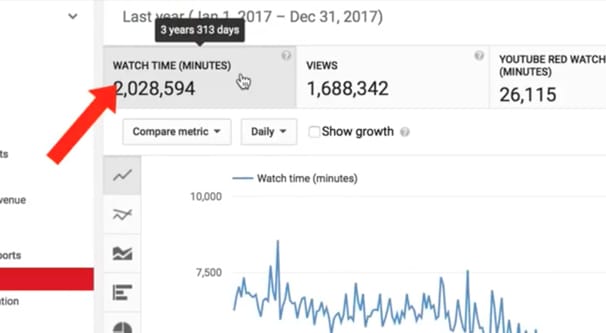
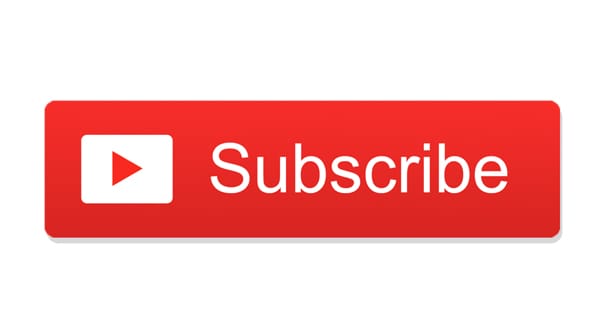

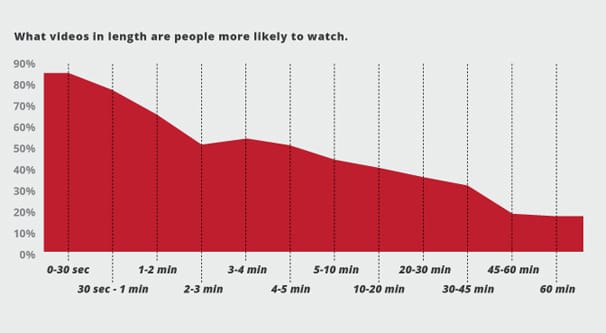
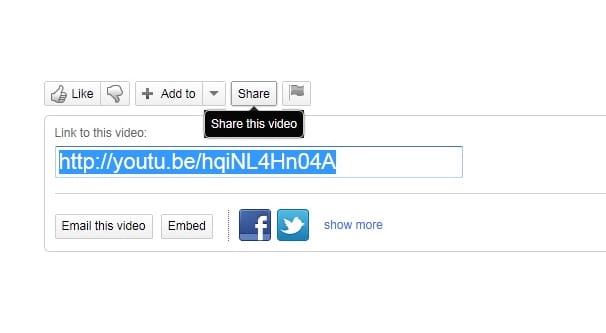
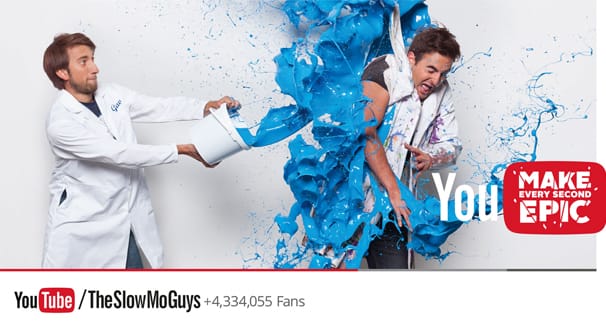


Thanks for this. Trying to get to that 4,000 hour milestone and it’s not as easy as it sounds. Appreciate all the tips you’ve mentioned.
Does buying You Tube views increase the watch hours.
Nah I have tried it doesn’t. Also YouTube Ads views do not count as I tried, just to find out later how YouTube doesn’t count watch time from paid views for monetization. Saw there’s some website that sells watch hours directly like lenostube.com but haven’t tried and I’m kind of sceptic
Thank you for the helpful tips, God bless. 🙂